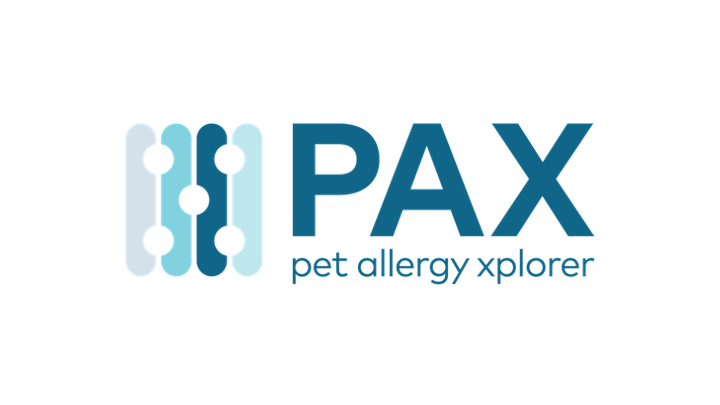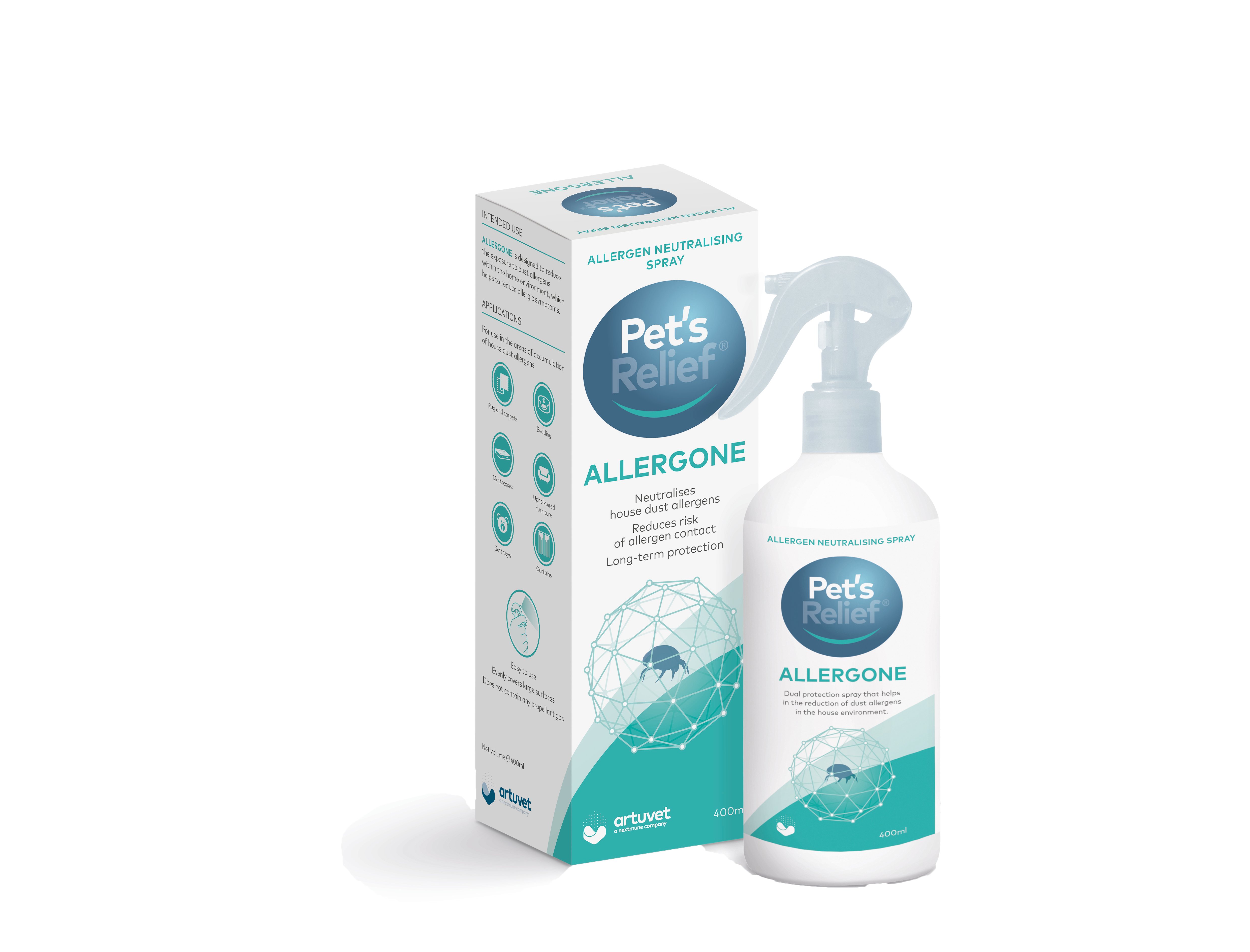It is not uncommon in our daily practice to be consulted on dogs presenting with greasy and smelly skin. This clinical presentation is often referred to as “seborrhoea” and this term has been used in the veterinary dermatology literature for many years. Seborrhoea literally means “flow of sebum” and it has been loosely correlated with abnormal sebaceous gland function. It has also been used to identify animals presenting with dry skin (seborrhoea sicca) but this term should not be used any more as it is only appropriate to use the term seborrhoea for those patients with greasy skin, which may or may not have concurrent scaling.
Seborrhoea is often divided into primary or secondary. Primary seborrhoea is only diagnosed after all the other causes of seborrhoea have been ruled out (see below). Springer and cocker spaniels are the breeds in which primary seborrhoea has been suspected, but a thorough workup may have not been done in those reported cases to rule out underlying causes and concurrent infections.
Therefore it is very likely that primary seborrhoea does not exist at all in dogs. It is very common that dogs with an ectoparasite infestation (e.g. scabies, demodicosis), endocrine disorder (e.g. sex hormone abnormalities) or allergy (e.g. atopic dermatitis, cutaneous adverse food reaction or flea bite hypersensitivity) will also develop greasy skin. The skin is initially erythematous, often with the presence of primary lesions like papules or pustules (concurrent bacterial infection) and with time becomes hyper-pigmented, thickened and may be covered by yellowish waxy scales (concurrent Malassezia infection).
These infections will further contribute to the excessive sebum production. The affected dogs may be very pruritic, initially lesions may be limited to the ventral areas of the neck, axillae (fig 1) and groin (fig 2), but may involve any other part of the body (fig 3). A typical rancid smell often accompanies this clinical presentation. Diagnosis is achieved with clinical and cytological examination of the skin.
The approach to cases of seborrhoea has two phases:
- search for the predisposing cause and treat it specifically or symptomatically;
- at the same time use anti-seborrhoeic shampoo therapy to enhance recovery, as it gives some relief to the patient, will rapidly improve the skin condition and reduces the smell and greasiness.
The fundamental properties required for a good anti-seborrhoeic shampoo are degreasing, keratoplastic and keratolytic. The most common ingredients of these shampoos are:
- Benzoyl peroxide: has degreasing and antibacterial properties. At high concentration it has very good antibacterial activity but it may be irritant in some dogs and it is better not to use in patients with inflamed skin. It may bleach hairs and fabrics.
- Colloidal sulphur: degreases and regulates skin cell turnover. It is believed to also have antipruritic activity.
It is often combined with salicylic acid and their association seems to provide a better keratoplastic and keratolytic activity, as well as a natural anti-fungal activity
- Ethyl lactate: it is metabolized in the skin in ethanol and lactic acid. It has keratolytic and antibacterial activity, which seems to be less than other ingredients like benzoyl peroxide and chlorhexidine.
- Salicylic acid: is keratolytic (Roberts, 1980) and maybe keratoplastic. Causes desquamation by dissolution of cutaneous intercellular cement material (Davies, 1976; Huber 1977). It also helps to open up clogged skin pores. There is some evidence to suggest that it has a direct anti-inflammatory action and antipruritic activity, which may last 2-3 days.
- Selenium sulphide: a very effective keratolytic agent but prolonged use may cause dryness of the skin.
A recent study has shown that a shampoo containing salicylic acid, colloidal sulphur and other ingredients (chlorhexidine digluconate, coconut diethanolamide, ethoxylated lanolin and zinc gluconate) is effective and well tolerated in dogs with keratoseborrhoeic disorders (Ghibaudo, 2010). The author reports that the antimicrobial and antifungal activity of this shampoo, based on cytology performed before and after the study, was very effective
and this is likely due to the synergistic effect of the sulphur & salicylic acid as well as the chlorhexidine digluconate. Chlorhexidine digluconate has a broad spectrum antibacterial activity (Lloyd, 1999) and has been shown to have superior antibacterial activity to benzoyl peroxide and ethyl lactate. It is not irritant, non toxic and has a residual action on the skin. Furthermore the author reports that the shampoo was not irritant, most likely due to the presence of zinc gluconate and lanolin, which have anti-inflammatory, soothing and softening properties (Dreno 2001).
In this study, besides the cytological (e.g. bacteria, yeasts) parameters, the clinical (e.g. erythema, pruritus) parameters were also positively changed within 2-4 weeks of shampoo therapy (Ghibaudo, 2010). Furthermore, (unpublished) studies also demonstrate that the same ingredients of the shampoo have excellent in vitro activity against Malassezia spp. and Staphylococcus spp.
The frequency of the shampoo therapy will depend on the severity of the lesions. Normally it is performed every 2-3 days at the beginning and then the interval between them increased, keeping in mind that it may take several weeks/months to restore skin normality while the underlying cause is identified/controlled. It is commonly recommended to allow a contact time of 5-15 minutes, depending on the shampoo being used.
It is not uncommon that dogs with seborrhoea are treated by alternating between shampoos with an antiseborrhoeic and an antibacterial/anti-yeast activity, and with systemic antibiotics. It would be important to carefully evaluate the affected patient because with many of them, the overgrowth of the bacteria/yeasts would not require a systemic therapy and an antiseptic shampoo could be enough. Assuming the owners are willing to shampoo their dog, have a suitable place to do it and the patient cooperates, dispensing just one product like a
medicated shampoo may increase client compliance and reduce the abuse of antibiotics, thus reducing the risk of bacterial resistance.
References
- Davies M, Marks R. – Studies on the effect of salicylic acid on normal skin.
Br J Dermatol. 1976; 95 (2): 187-92. - Dreno B. Multicenter randomized comparative double-blind controlled clinical trial of the safety and efficacy of zinc gluconate versus minocycline hydrochloride in the treatment of inflammatory acne vulgaris. Dermatology. 2001; 203: 135-40
- Ghibaudo G. Efficacy and tolerability of Zincoseb shampoo against canine keratoseborrhoeic disorders (clinical study of 20 cases). ESVD-ECVD Precongress day 2010; 33-6.
- Halliwell REW. Rational use of shampoos in veterinary dermatology. JSAP 1991; 32: 401-7.
- Huber C, Christophers E. Keratolytic” effect of salicylic acid. Arch Dermatol Res. 1977; 257: 293-7. Lloyd DH, Lamport AI. Activity of chlorhexidine shampoos in vitro against Staphylococcus intermedius, Pseudomonas aeruginosa and Malassezia pachydermatis. Vet Rec. 1999; 144: 536-7. Roberts DL, Marshall R, Marks R. Detection of the action of salicylic acid on the normal stratum corneum. Br
- J Dermatol. 1980; 103(2): 191-6.
 UK
UK

 Danmark
Danmark
 Deutschland
Deutschland
 Global English
Global English
 France
France
 Bélgique (FR)
Bélgique (FR)
 Nederland
Nederland
 Sverige
Sverige



